Complete text and all illustrations for the monograph [2e] by Dr Jan Pajak,
"The Oscillatory Chamber, Arkway to the Stars" (1994, ISBN 0-9583380-0-0)
Links to illustrations and related texts:
Labels: The label "E" marks the web page with text of English-language version of this monograph.
The label "1st, 2nd, 3rd Figures" mark the web pages with illustrations for subsequent volumes and chapters.
The label "P" marks the web page with text of a Polish-language equivalent of this monograph.
The label "X" marks the web page with the text of English-language version of this monograph
which is designed so as to load much faster because it does NOT show graphics at the loading
stage but only after the user clicks on subsequent Figures to display them.
Notices:
(1) In order to download to your computer the text of any of volumes listed below,
or in order to see/download any illustration, just click
on underlined description chosen from the list below!
(2) Click the button BACK on your browser to return to the previously seen page.
(3) The same text, and all illustrations, you can also download from the pages in
"Menu 4"
marked as Text [2e] in:. Because these other pages
were designed to not involve graphics, their loading is much faster, and also they do not
require so much virtual memory.
(4) Almost all illustrations used in this monograph [2e] are also used in monographs [1/4] and [5/4]. Thus if here these come out unclear, they can also be seen in [1/4] and [5/4].
(5) For further instructions see the end of this Web page.
Part A: Text of the English language version of monograph [2e]
compressed to (*.zip), from the WORD's source format.
The full version of English monograph [2e] entitled
"The Oscillatory Chamber, Arkway to the Stars" (Copyright 1994, ISBN 0-9583380=0=0)
consists of several chapters. Each one of them is downloaded separately. From here you can
download all of them.
Monograph [2e] explains details of a space vehicle with the magnetic propulsion, called
the Magnocraft. It also proves formally that "UFOs are already operational Magnocraft".
Chapter A in ZIP (from the WORD format). This chapter introduces the topic being discussed.
Chapter B. It presents the "Periodic Principle" that governs the development of new propulsion systems. This principle is a bit like Periodic Table of Elements, only that instead of new elements that still await discovery, it indicates future propulsion systems to be build on Earth.
Chapter C. This chapter explains what is so-called "Telekinetic Effect" and how to release it technically.
Chapter D. It contains the 1994 formulation of the Concept of Dipolar Gravity (now only of the historic value, as much better presentation of this concept is contained in chapters K and L of monograph [8e]).
Chapter E. It briefly introduces Totalizm in its 1994 presentation.
Chapter F. It explains everything about the Oscillatory Chamber - what it is, how it works, where and how it is to be used, what is the current progress with completion of it, etc.
Chapter G. It presents technical details of a flying vehicle called the Magnocraft, which uses the Oscillatory Chamber as the main propelling device.
Chapter H. It presents another flying vehicle with magnetic propulsion, called the Four-Propulsor Spacecraft, which also uses the Oscillatory Chamber for propelling purposes.
Chapter I. It explains principles of operation and attrributs of magnetic persoanl propulsion, which uses miniature Oscillatory Chambers to lift people into the air.
Chapter J. It explains the operation of Magnocraft of the second and third generations, which use principles of telekinesis and time travel for propelling purposes.
Chapter K. This chapter briefly summarises permanent evidence which prove that on Earth already operate space vehicles which use the same principle for flights as the Magnocraft does. This chapter summarises the formal proof from subsection J2 of monograph [1e] that "UFOs do exist and they are already operational Magnocraft".
Chapter L. This chapter presents evidence that UFOs already use the Oscillatory Chambers presented in this monograph.
Chapter M. It shows evidence that indicates that also Four-Propulsor UFOs operate on Earth.
Chapter N. It presents evidence that UFOnauts use magnetic personal propulsion based on Oscillatory Chambers.
Chapter O. This chapter documents that also there are UFOs of the second and third generation.
Chapter P. This chapter is discussing the matter of UFO abductions. Note, however, that in order to understand why UFOs hide from people and do abduct people, it is explained much better in chapter VB (volume 17) of monograph [1/4e].
Chapter R. These are the final chapters of monograph [2e] - i.e. summary, literature, about the author, etc.
Chapter Z. This appendix contains a detailed report from a UFO abduction.
List of CONTENT for monograph [2e] "The Oscillatory Chamber..." (in WORD *.doc format).
LIST of illustrations and filenames for the monograph [2e] by Dr Jan Pajak on "Oscillatory Chambers" (ISBN 0-9583380-0-0) (in ZIP from WORD.doc format) - Date of the last update 5 April 2002
Part B: Text of English version of monograph [2e] in WORD's (*.doc) format.
Note that WORD formatted text takes twice as much space as that in (*zip), although later it is much simpler in use. Because in order to fit onto Web servers, subsequent valumes with *.doc format must be split into two parts and altered, these volumes are not as frequently modified as the complete volumes in the (*.zip) format provided above.
Chapter A in the WORD format. This chapter introduces the topic being discussed.
Chapter B. It presents the "Periodic Principle" that governs the development of new propulsion systems. This principle is a bit like Periodic Table of Elements, only that instead of new elements that still await discovery, it indicates future propulsion systems to be build on Earth.
Chapter C. This chapter explains what is so-called "Telekinetic Effect" and how to release it technically.
Chapter D. It contains the 1994 formulation of the Concept of Dipolar Gravity (now only of the historic value, as much better presentation of this concept is contained in chapters K and L of monograph [8e]).
Chapter E. It briefly introduces Totalizm in its 1994 presentation.
Chapter F. It explains everything about the Oscillatory Chamber - what it is, how it works, where and how it is to be used, what is the current progress with completion of it, etc.
Chapter G. It presents technical details of a flying vehicle called the Magnocraft, which uses the Oscillatory Chamber as the main propelling device.
Chapter H. It presents another flying vehicle with magnetic propulsion, called the Four-Propulsor Spacecraft, which also uses the Oscillatory Chamber for propelling purposes.
Chapter I. It explains principles of operation and attrributs of magnetic persoanl propulsion, which uses miniature Oscillatory Chambers to lift people into the air.
Chapter J. It explains the operation of Magnocraft of the second and third generations, which use principles of telekinesis and time travel for propelling purposes.
Chapter K. This chapter briefly summarises permanent evidence which prove that on Earth already operate space vehicles which use the same principle for flights as the Magnocraft does. This chapter summarises the formal proof from subsection J2 of monograph [1e] that "UFOs do exist and they are already operational Magnocraft".
Chapter L. This chapter presents evidence that UFOs already use the Oscillatory Chambers presented in this monograph.
Chapter M. It shows evidence that indicates that also Four-Propulsor UFOs operate on Earth.
Chapter N. It presents evidence that UFOnauts use magnetic personal propulsion based on Oscillatory Chambers.
Chapter O. This chapter documents that also there are UFOs of the second and third generation.
Chapter P. This chapter is discussing the matter of UFO abductions. Note, however, that in order to understand why UFOs hide from people and do abduct people, it is explained much better in chapter E (volume 4) of monograph [8e].
Chapter R. These are the final chapters of monograph [2e] - i.e. summary, literature, about the author, etc.
Chapter Z. This appendix contains a detailed report from a UFO abduction.
List of CONTENT for the monograph [2e] "The Oscillatory Chamber..." (in WORD .doc format).
LIST of illustrations and filenames for the monograph [2e] "The Oscillatory Chamber..." (in WORD .doc format).
Part C: Ilustrations for monograph [2e] (i.e. in English), in formats *.gif or *.jpg.
Chapter B:
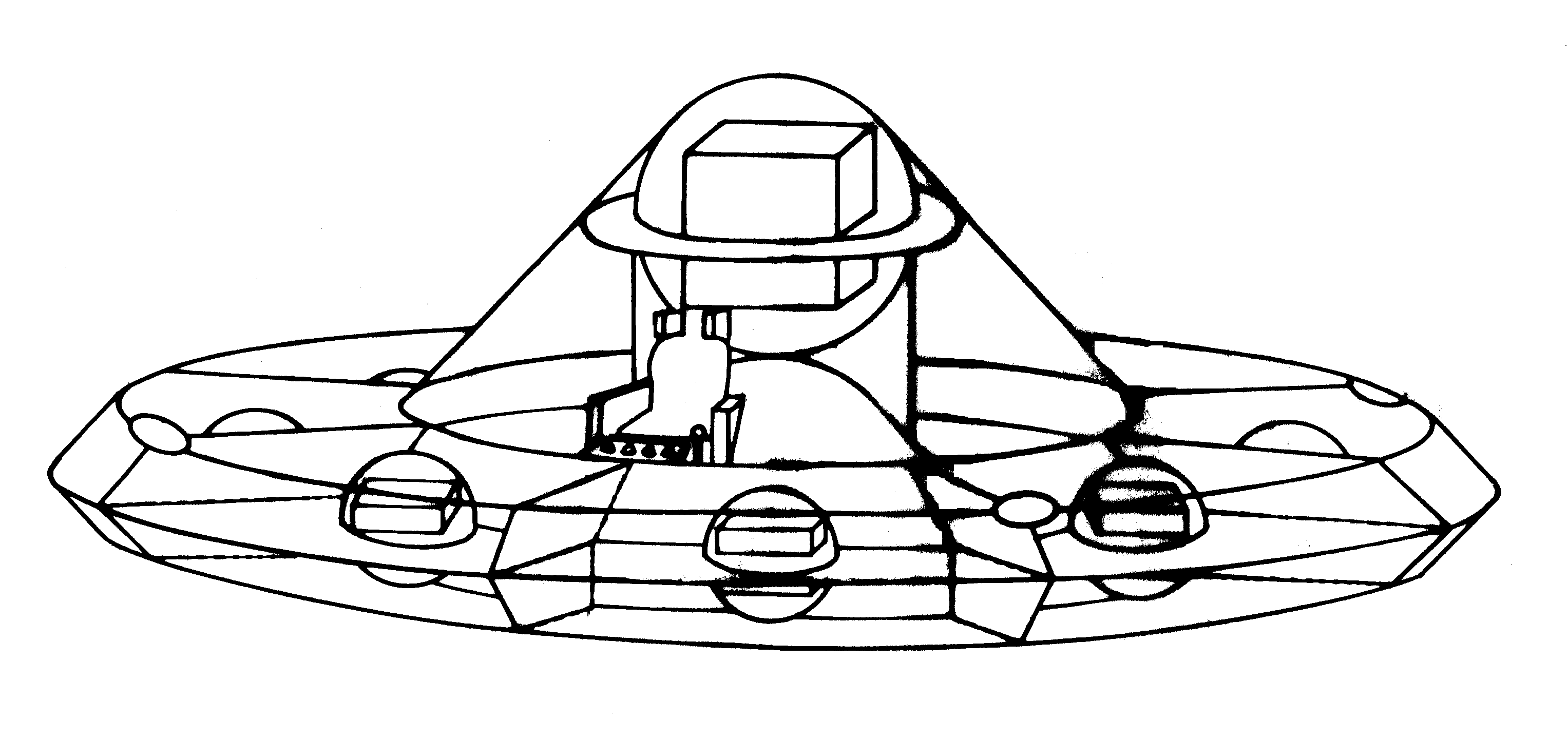 [2e] Figure B1: A side view of the Magnocraft and UFO type K3. [2e] Figure B1: A side view of the Magnocraft and UFO type K3.
 [2e] Figure B2: A Magnocraft above the equator. [2e] Figure B2: A Magnocraft above the equator.
 [2e] Table B1: A periodic table for propulsion systems. [2e] Table B1: A periodic table for propulsion systems.
Chapter C:
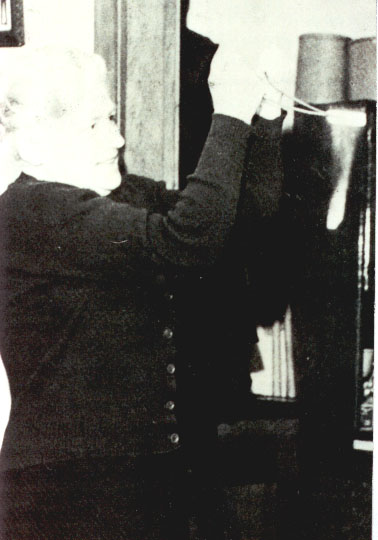 [2e] Figure C1: A photo of the extraction glow emmited by a diving rod. [2e] Figure C1: A photo of the extraction glow emmited by a diving rod.
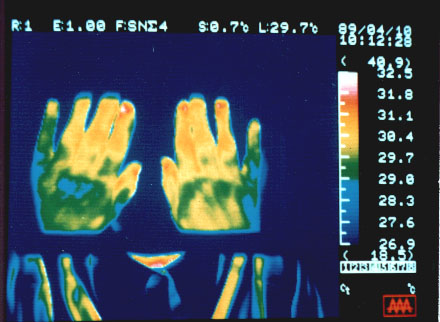 [2e] Figure C2-A: A telekinetic temperature drop on the hand of a healer (at 10:12). [2e] Figure C2-A: A telekinetic temperature drop on the hand of a healer (at 10:12).
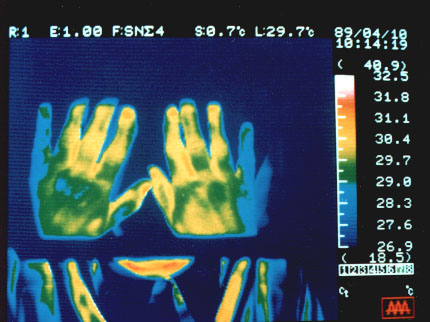 [2e] Figure C2-B: A telekinetic temperature drop on the hand of a healer (at 10:14). [2e] Figure C2-B: A telekinetic temperature drop on the hand of a healer (at 10:14).
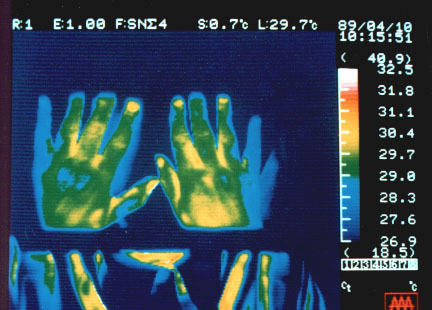 [2e] Figure C2-C: A telekinetic temperature drop on the hand of a healer (at 10:15). [2e] Figure C2-C: A telekinetic temperature drop on the hand of a healer (at 10:15).
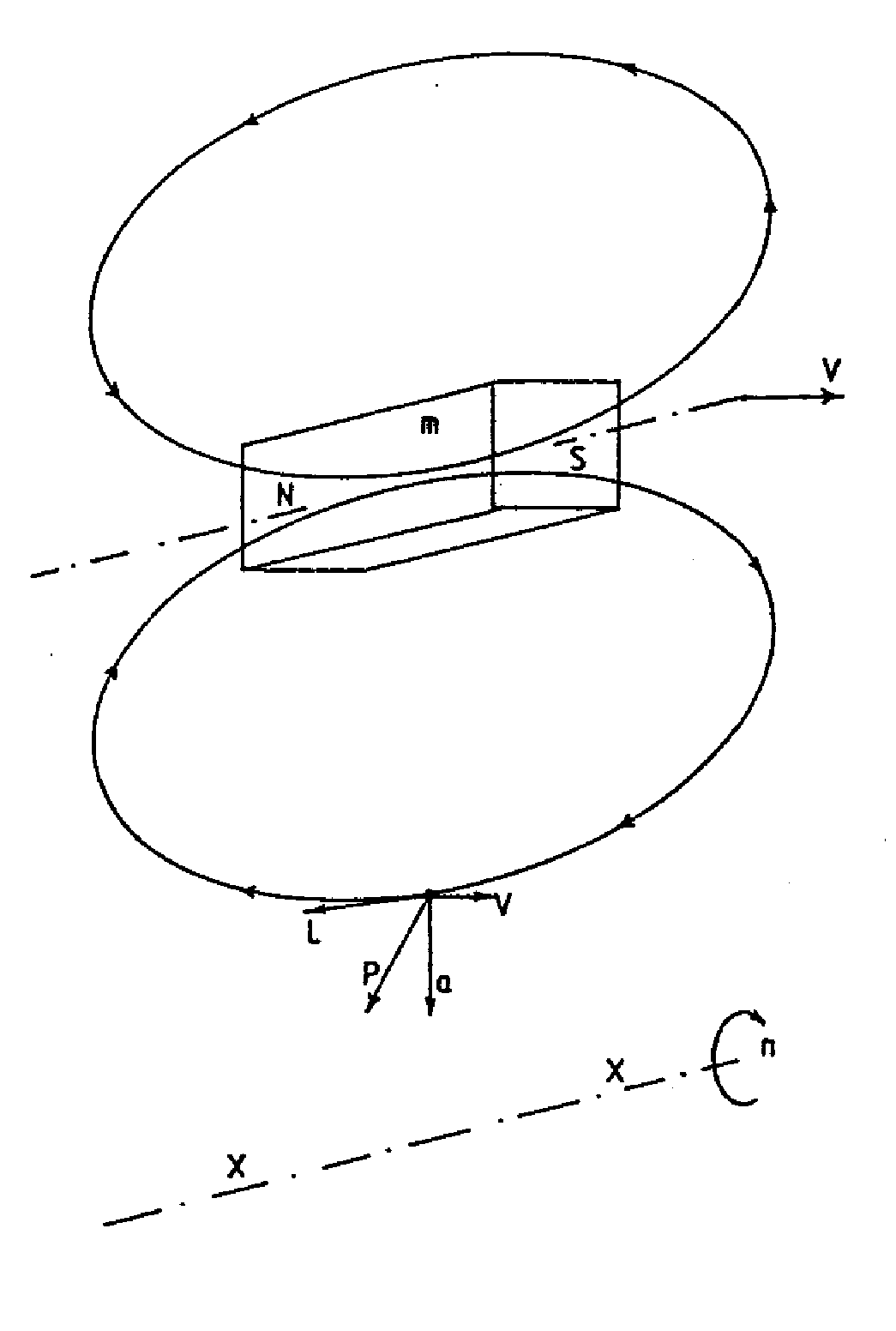 [2e] Figure C3: An elementary Telekinetic Effect (P). [2e] Figure C3: An elementary Telekinetic Effect (P).
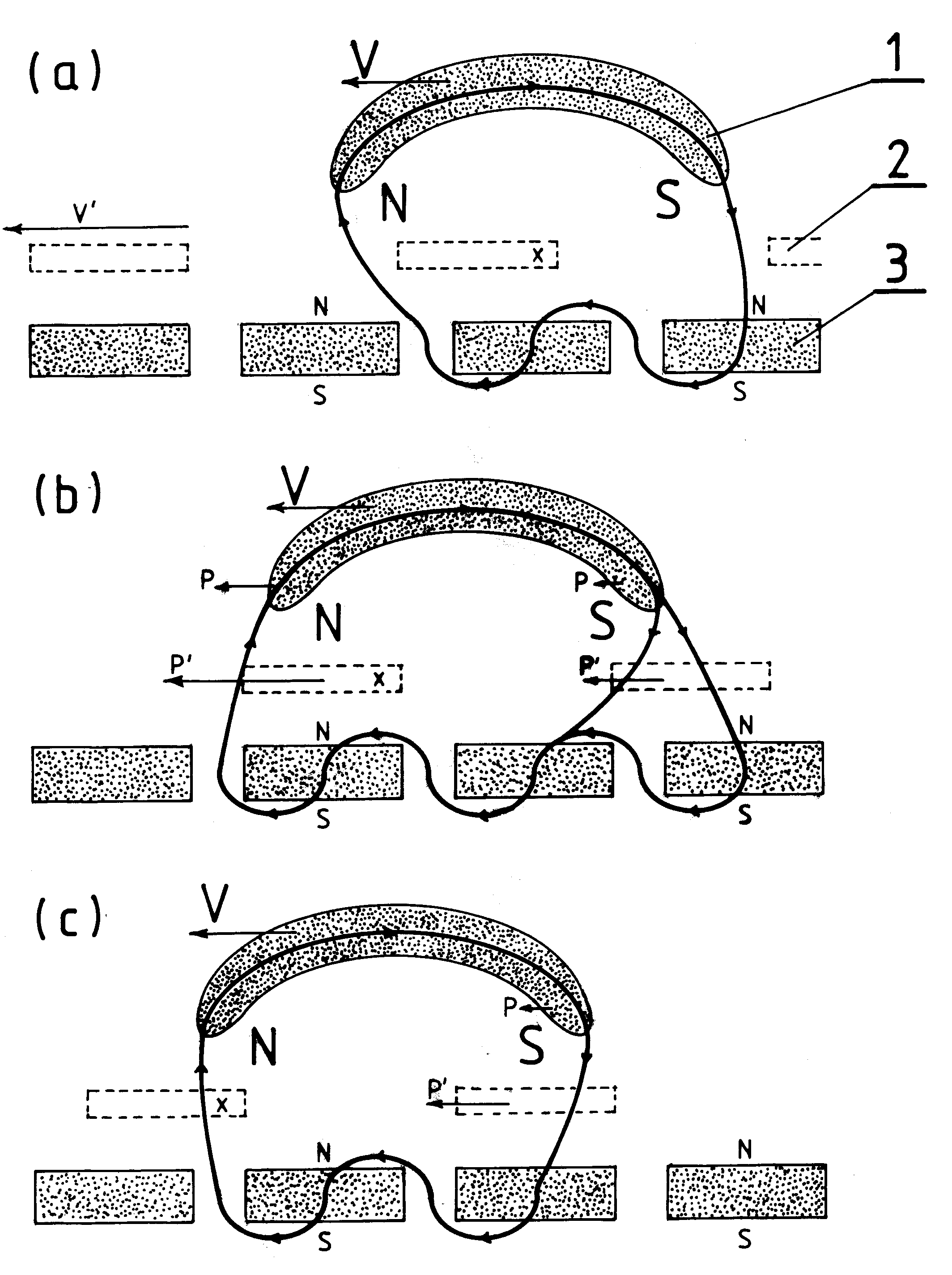 [2e] Figure C4: The operation of the Johnson telekinetic motor. [2e] Figure C4: The operation of the Johnson telekinetic motor.
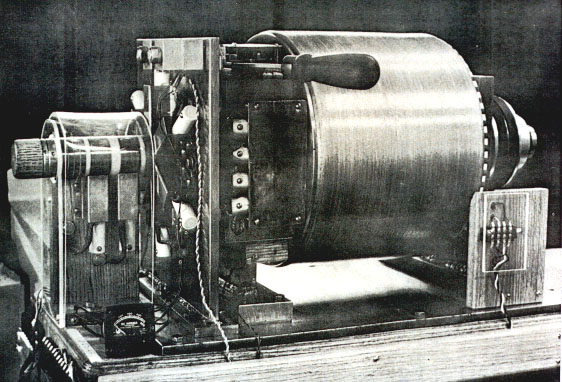 [2e] Figure C5: A photo of the telekinetic generator "N-Machine". [2e] Figure C5: A photo of the telekinetic generator "N-Machine".
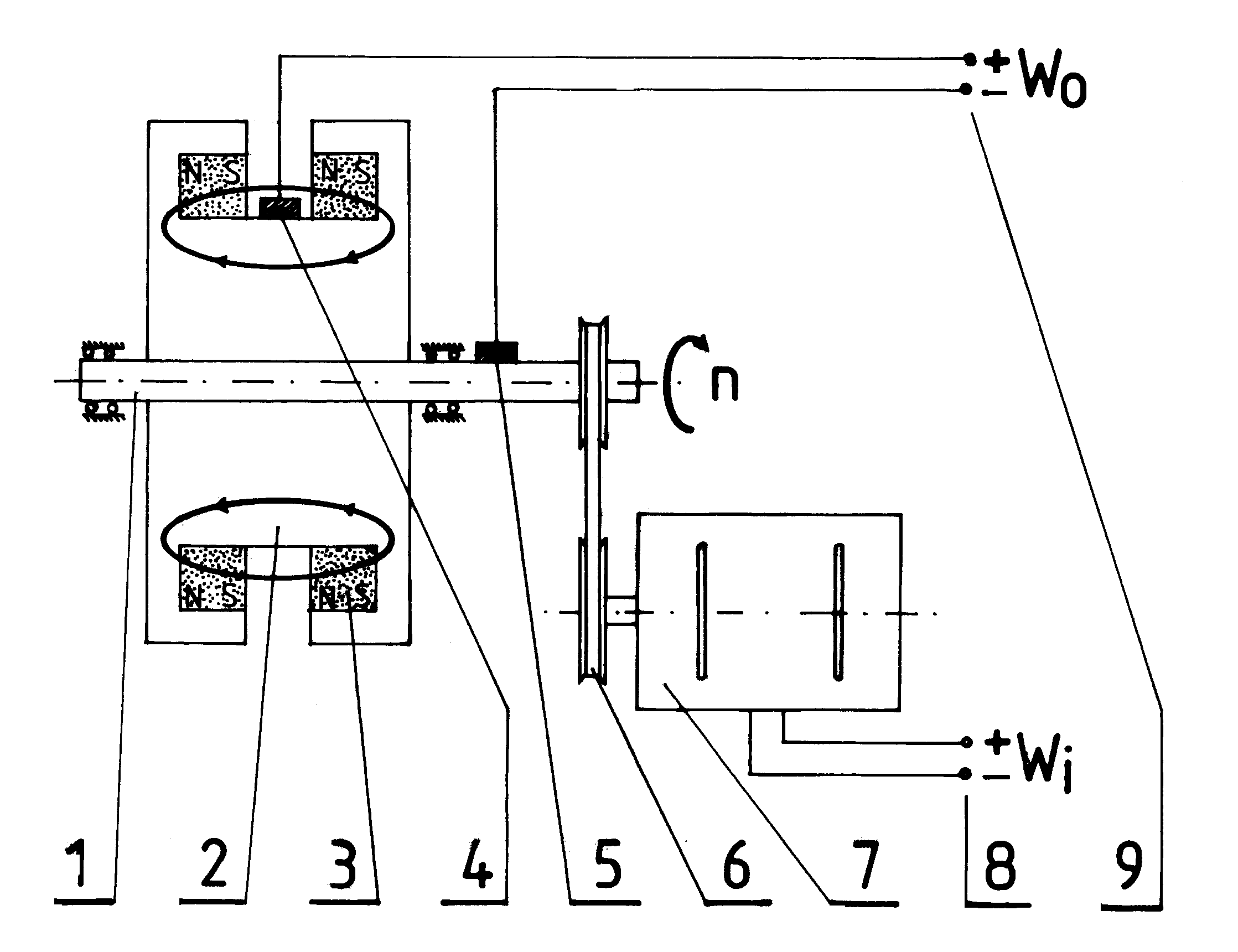 [2e] Figure C6: The design and operation of N-Machine. [2e] Figure C6: The design and operation of N-Machine.
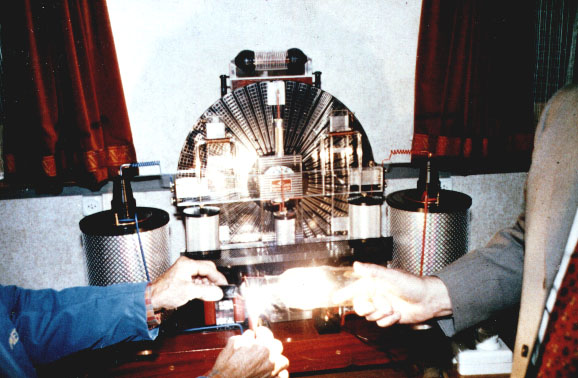 [2e] Figure C7: Photograph of the Influenzmaschine named Thesta-Distatica. [2e] Figure C7: Photograph of the Influenzmaschine named Thesta-Distatica.
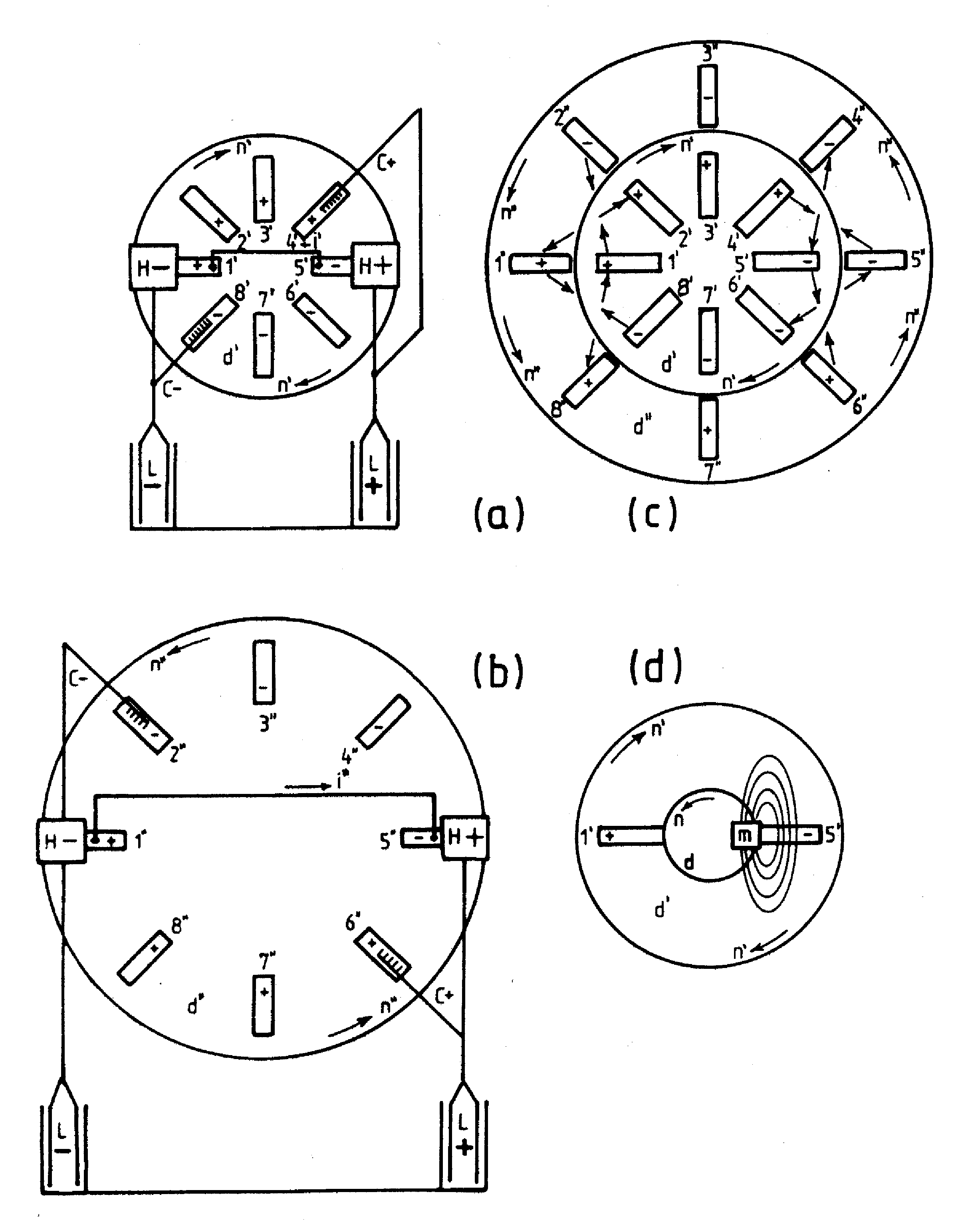 [2e] Figure C8: The operation of the Infuenzmaschine. [2e] Figure C8: The operation of the Infuenzmaschine.
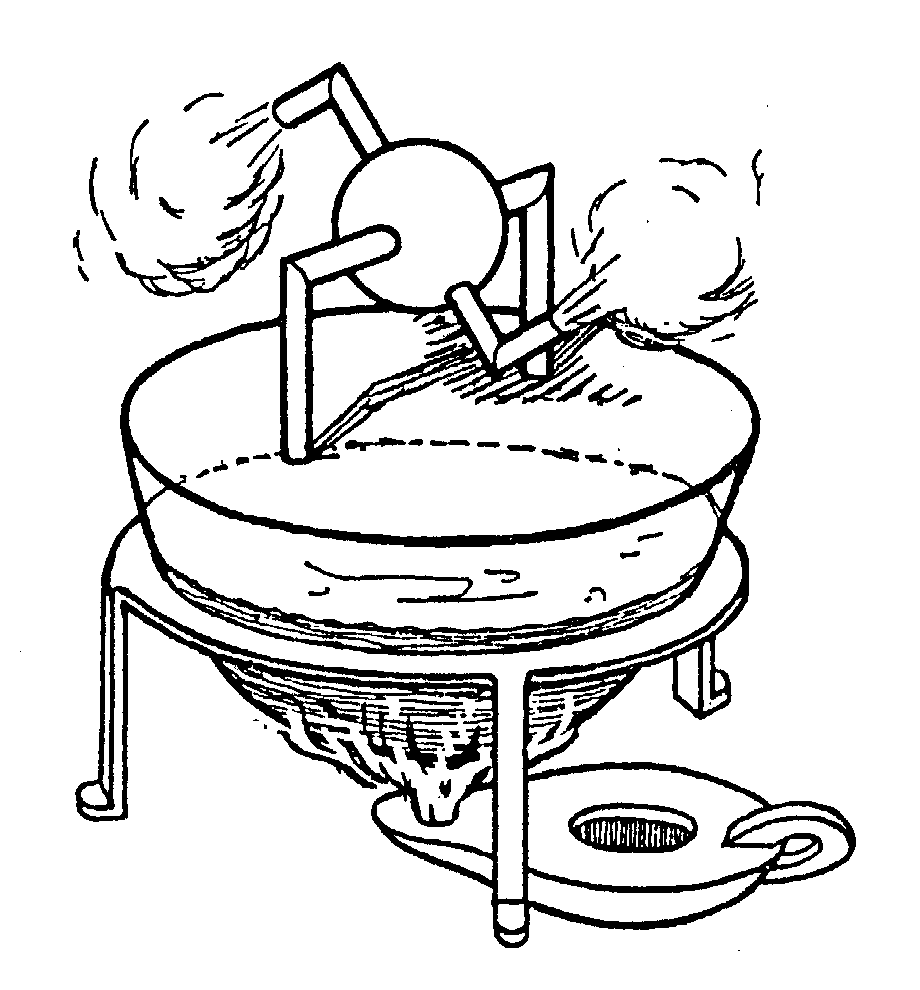 [2e] Figure C9 (a): The aeolipile build by Hero from Alexandria, 130 BC). [2e] Figure C9 (a): The aeolipile build by Hero from Alexandria, 130 BC).
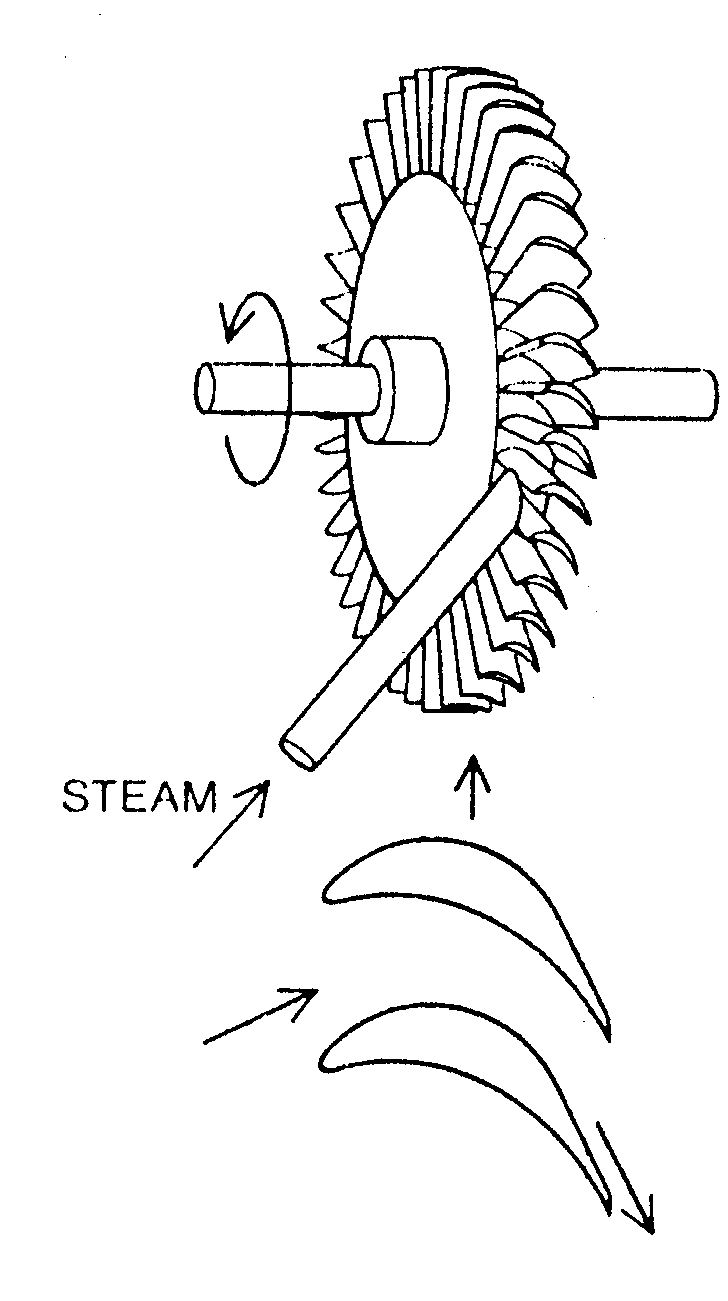 [2e] Figure C9 (b): Steam turbine (C.A. Parsons, 1884). [2e] Figure C9 (b): Steam turbine (C.A. Parsons, 1884).
 [2e] Table C1: A periodic table showing power producing devices. [2e] Table C1: A periodic table showing power producing devices.
Chapter D:
 [2e] Figure D1: Mr Alan Plank with his pump designed by a divining pedulum. [2e] Figure D1: Mr Alan Plank with his pump designed by a divining pedulum.
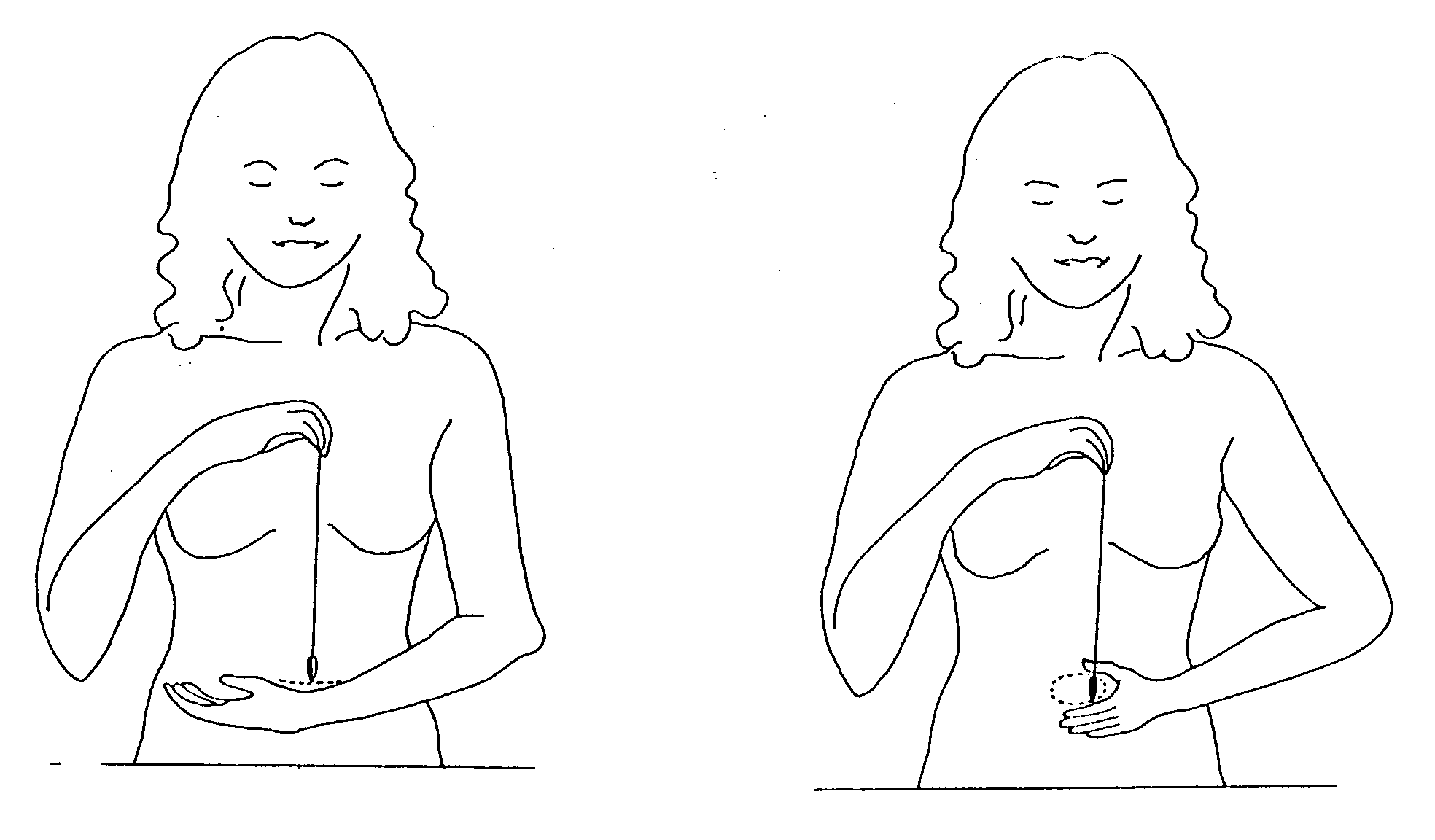 [2e] Figure D2: Techniques for developing YES and NO answers in a pendulum assisted ESP. [2e] Figure D2: Techniques for developing YES and NO answers in a pendulum assisted ESP.
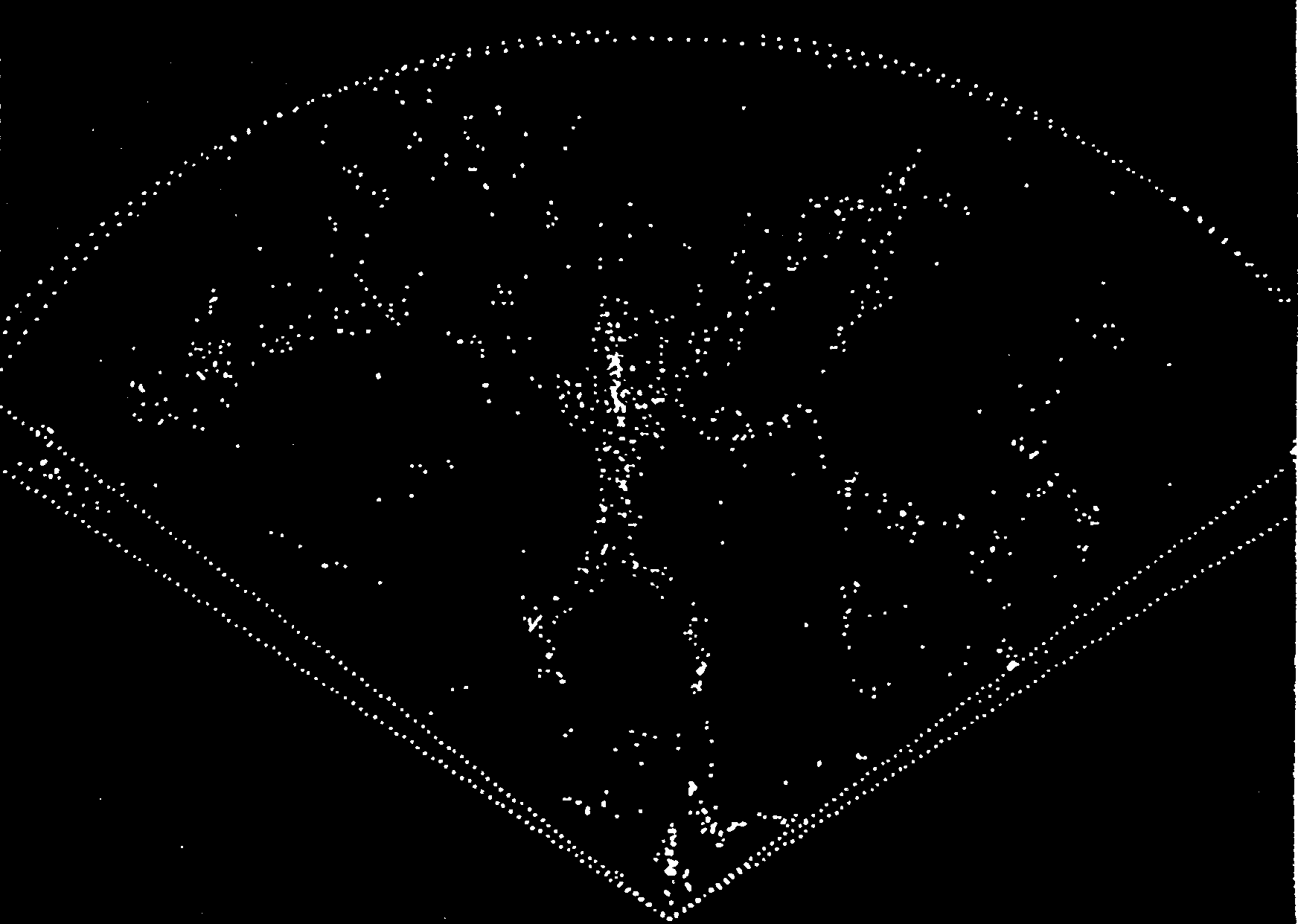 [2e] Figure D3: A wedge of the Universe in three-dimensions. [2e] Figure D3: A wedge of the Universe in three-dimensions.
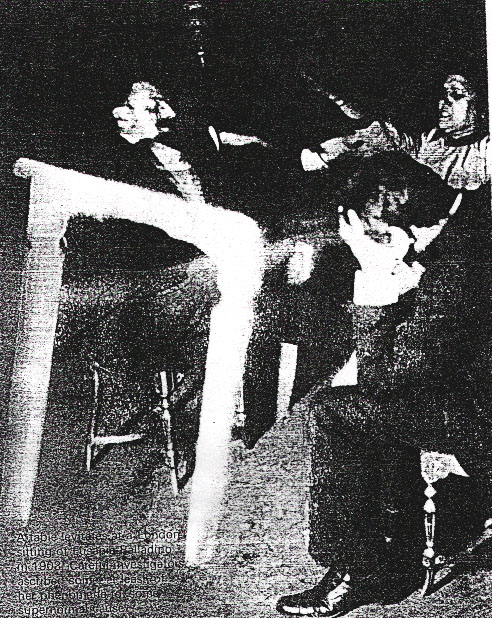 [2e] Figure D4 (HIGH): A photo of a table levitated telekinetically by Eusapia Palladino. [2e] Figure D4 (HIGH): A photo of a table levitated telekinetically by Eusapia Palladino.
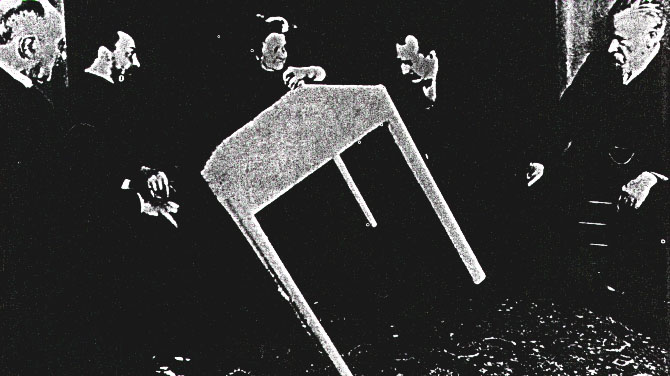 [2e] Figure D4 (LOW): Another table levitating and showing white extraction glow. [2e] Figure D4 (LOW): Another table levitating and showing white extraction glow.
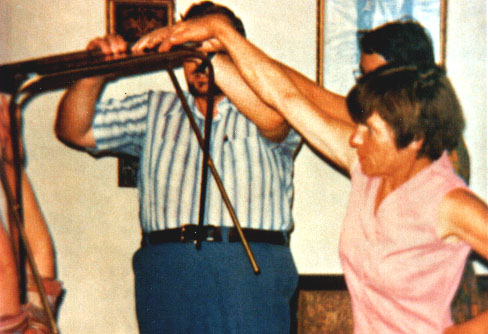 [2e] Figure D5 (left): A table lifted physically (it shows natural colours). [2e] Figure D5 (left): A table lifted physically (it shows natural colours).
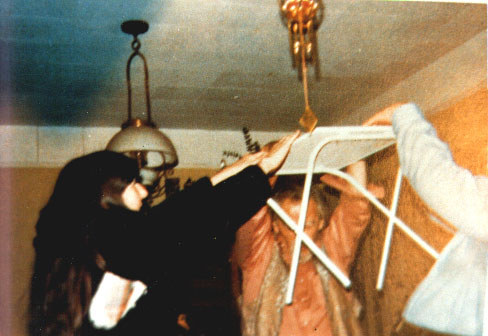 [2e] Figure D5 (right): Te same table lifted telekinetically (it shows white extraction glow). [2e] Figure D5 (right): Te same table lifted telekinetically (it shows white extraction glow).
Chapter E:
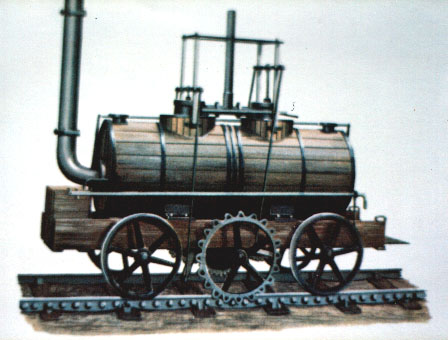 [2e] Figure E1: Blenkinsop's engine built in 1811. [2e] Figure E1: Blenkinsop's engine built in 1811.
Instructions:
Part G: How to
replicate
this web page in your own computer:
For some readers that work
on problems addressed on this web page, it would be highly
beneficial to have a replica of this web page together with
all the illustrations, texts, links, etc., in their own
computer. After all, in case of having such a replica, one
can later view this web page, or print it, directly from
his/her own computer, not from the Internet. Thus one becomes
independent from the access to Internet in each situation
when he/she wishes to have a good look at this web page or
at illustrations that this page displays. Waiting for
opening a web page is then also incomparably shorter
than waiting for opening an Internet page. It is then
also not needed to put up with all these subtle obstructions
which seem to plague my web pages almost as it these are
purposely sabotaged by "little green UFOnauts" of some sort.
So for these readers, who wish to make a "source replica"
of this web page in their own computer, below I am describing
step-by-step how to accomplish this. This description reveals
thoroughloy how to prepare the so-called "source replica" of
the web page, means a replica prepared in the programming
language called "HTML" in which this web page was originally
coded. Note that such a "source replica" is much better than
an "image replica" that almost every browser allows to make
in quite a simple way. For example it allows to gradually
complete all missing components of a given web page (e.g.
missing illustrations or text files) from other servers.
It alows to update separately each selected component of
the web page as soon as we meet in Internet their better
versions. It also allows us to learn principles of web
page programming, thus it can be for us a first step towards
later making our own web pages. Here is the instruction
of producing such a "source replica":
#0. Ready-made source replica?
(without advertising banners). One brief information before in items
#1 to #8 below I explain the exact procedure of preparing for yourself
a source replica of this web page. Namely, under some addresses listed
in "Menu 3", such a source replica of this web page, together with
all folders, source codes of web pages, samples of texts and illustration,
etc., but without advertising banners, already awaits in the ZIP format,
ready for downloading to your own computer. So all what you need to
do in order to download it to your own computer, is to click in
"Menu 1" on the menu item marked
"Source replica of this page".
So try to click, because this source replica may be available here
(i.e. at this address) and it would be handy to have it in your
own computer. In turn, when such a ZIPped source replica downloads
to your computer, all what you need to do is UNZIP it onto your
hard disk. After UNZIPing, it forms a separate folder in which
you will find a folder named "a_pajak" with all source files,
subfolders and samples of text and illustration inside, ready for
the running, testing, displaying, and checking how all these work
on your own computer. All what you later need to do in your spare
time is to download to text folders remaining volumes of monograph
[1/4], while to folder 14 download the remaining illustrations,
which could not be included to the ready-made source replica
because of their volume. (Note that in case you already have on your
hard disk a folder named "c:\a_pajak" with
my other source web pages, it is enough if you transfer all files and
subfolders from this new folder "a_pajak" to the already existing one
named "c:\a_pajak".) After this brief information, let us now return
to this procedure of making (all by yourself) a source replica of this
web page. Here it is:
#1. Create a folder
named "a_pajak" (or "archives_pajak") on your hard disk "c:".
This folder is to hold this web page (and possibly also any
other my web pages). To create such a folder, run a utility
program named "Windows Explorer" or "My Computer", choose
"Local Disk (C:)" for the "Address" in this utility program,
then click on "File" in the pull-down menu from this "Windows
Explorer", then click "New", finally choose the command "folder".
Type the name "a_pajak" to the new folder that you created
on you hard disk. Later you are to use this folder "a_pajak"
for storing all my web pages, monographs, and illustrations
that you wish to keep in you own computer.
#2. Create sub-folders
inside of this main folder named "a_pajak". These sub-folders are
to contain subsequent kinds of texts and illustrations displayed
or accessed through this web page. Here is the list of sub-folders
that are used by this web page:
14 - it contains all the illustrations which are used by
monograph [2e] (and thus also this web page), and also are used
in monograph [1/4].
54 - it contains all the illustrations which are used by
monograph [2e] (and thus also this web page), and also are used
in monograph [5/4].
1e - it contains all illustrations unique to monograph [1e].
flags - it contains images of flags (i.e. German, Spanish,
French, Italian, Polish, and English) used in my web pages. These
images of flags are contained in files named de_flag.gif, es_flag.gif,
fr_flag.gif, it_flag.gif, pl_flag.gif, uk_flag.gif. Any flags
scanned into "*.gif" files with the above names, can be used for
this purpose.
2e - it contains the source text of monograph [2e] in English,
plus all illustrations unique to this monograph [2e].
In order to create such sub-folders, again it is enough to shift
the "Windows Explorer" inside of the folder "a_pajak" and then
generate them one by one.
#3. Save the source code of this web page
in your folder "a_pajak". For this, "right click" on your mouse while pointing
it any text area of this web page (e.g. pointing right here). A small menu
should appear, which is to have the option "View Source". Click on this menu
option, and the source code of complete this web page appears in your text
editor named "Notepad". Click on the "File" pull-down menu from this "Notepad"
and choose the option "Save As...". Save the source code from your "Notepad"
using the name "figs_2e.htm" for the "File name" of this code, while for
the "Save in" pointing at the folder "c:\a_pajak" that you created earlier.
Notice that pages called via links from this page, should be saved
under slightly different names, namely:
"figs_2e_1.htm" for the page with illustrations (1),
"figs_2e_2.htm" for the page with illustrations (2),
"figs_2e_3.htm" for the page with illustrations (3).
In order to save the text of (scrollable) "Menu 4", you need to firstly
display it on the screen, by clicking on it from either "Menu 1" or "Menu 2",
and only then you can save the source code of it under the name "menu.htm"
in a manner identical as you save the source code of this web page.
Also all pages called from this page via links in "Menu 1" or "Menu 2", should
be saved almost identically as you save this web page, only that you use
slightly different names assigned to them, e.g names: "oscillatory_chamber.htm"
for the web page on the "Oscillatory Chamber", "magnocraft.htm" for the web
page on "Magnocraft", "tekst_1_4.htm" for the Polish version of this web
page, etc.
#4. Save illustrations. Right click
separately on each illustration from this web page, then choose the option
"Save Picture As". The majority of illustrations you need to save in the
subfolder "14". Remaining in subfolders [54] and [1e]. Notice that each
illustration indicates at the bottom of the screen the subfolder in which
it is to be saved.
#5. Run this web page in your computer.
After you save this web page, you can run it in your own computer whenever
you wish, by simple pointing at the file "figs_2e.htm" (i.e. the one with
the source code of this web page) using the "Windows Explorer" for this pointing,
and then double clicking at this file. (You can also run this file by pointing
the "Windows Explorer" at it, and then pressing "Enter".) Pages linked with this
one via hyperlinks can also be displayed through clicking on these hyperlinks
while viewing this page, or can be displayed through clicking via the "Windows
Explorer" at their names, means e.g. at "figs_2e.htm", "figs_2e_1.htm",
"figs_2e_2.htm", "figs_2e_3.htm", "oscillatory_chamber.htm", "magnocraft.htm",
"pajak_jan_uk.htm", etc.
#6. (Optionally) remove banners. Free
servers on which for the understandable reasons I display all my web sites,
usually insert codes of banners to the source code of web pages that are
displayed on them (frequently codes of these banners contain various irritating
errors which try to make viewing my web pages quite difficult). If these banners
irritate you, you can optionally cut them out from
the source code of this web page, after you save this code in your own computer.
To cut the banners out you need to identify their code (either by addresses
referred in this code and starting from "http://...", or by seeking the
comment type "banner insertion ..." which appears at the beginning and
at the end of the banners' code).
#7. (Optionally) update your replica of this
web page. If someone is especially interested in descriptions contained on this
web page, then it would be desirable to check in Internet every let say couple of
months, whether description from this web page are updated and improved. If so, then
it is worth to replace the old version of this web page with this improved version.
For this, it is enough to rename the old replica kept in your computer by adding
the word "old_" in front of it, and then copy from the internet a new version
to store it under the original name that it has.
#8. In case of any doubt regarding the making
of such a replica of this web page, it is worth to see a separate web page that is
entirely devoted to the explaination of the replication procedure of my internet
pages in your own computer. This additional web page is run from
"Menu 2",
where it is listed under the name
Replicate".
Links to illustrations and related texts:
Labels: The label "E" marks the web page with text of English-language version of this monograph.
The label "1st, 2nd, 3rd Figures" mark the web pages with illustrations for subsequent volumes and chapters.
The label "P" marks the web page with text of a Polish-language equivalent of this monograph.
The label "X" marks the web page with the text of English-language version of this monograph
which is designed so as to load much faster because it does NOT show graphics at the loading
stage but only after the user clicks on subsequent Figures to display them.
Date of starting this page: 2001.
Date of the most recent update of this web page: 3 January 2006.
|